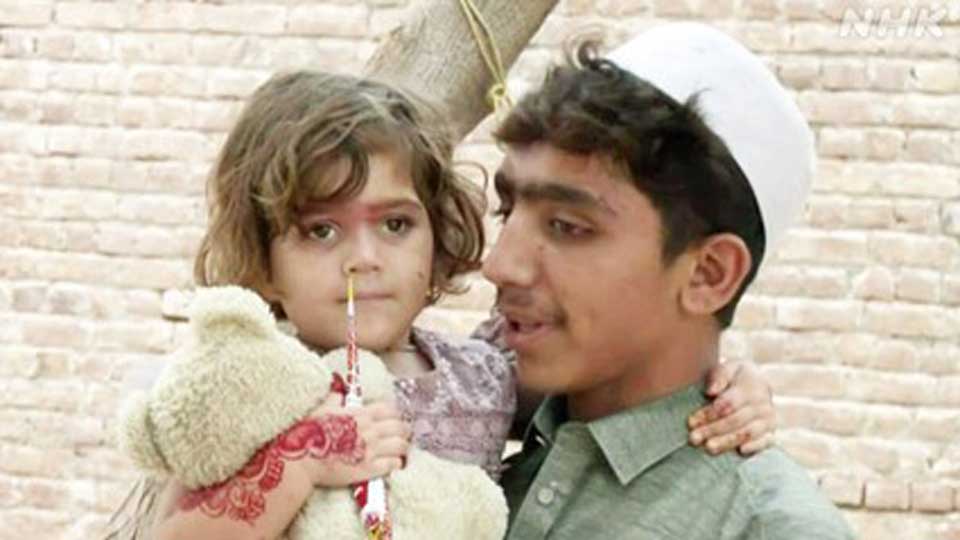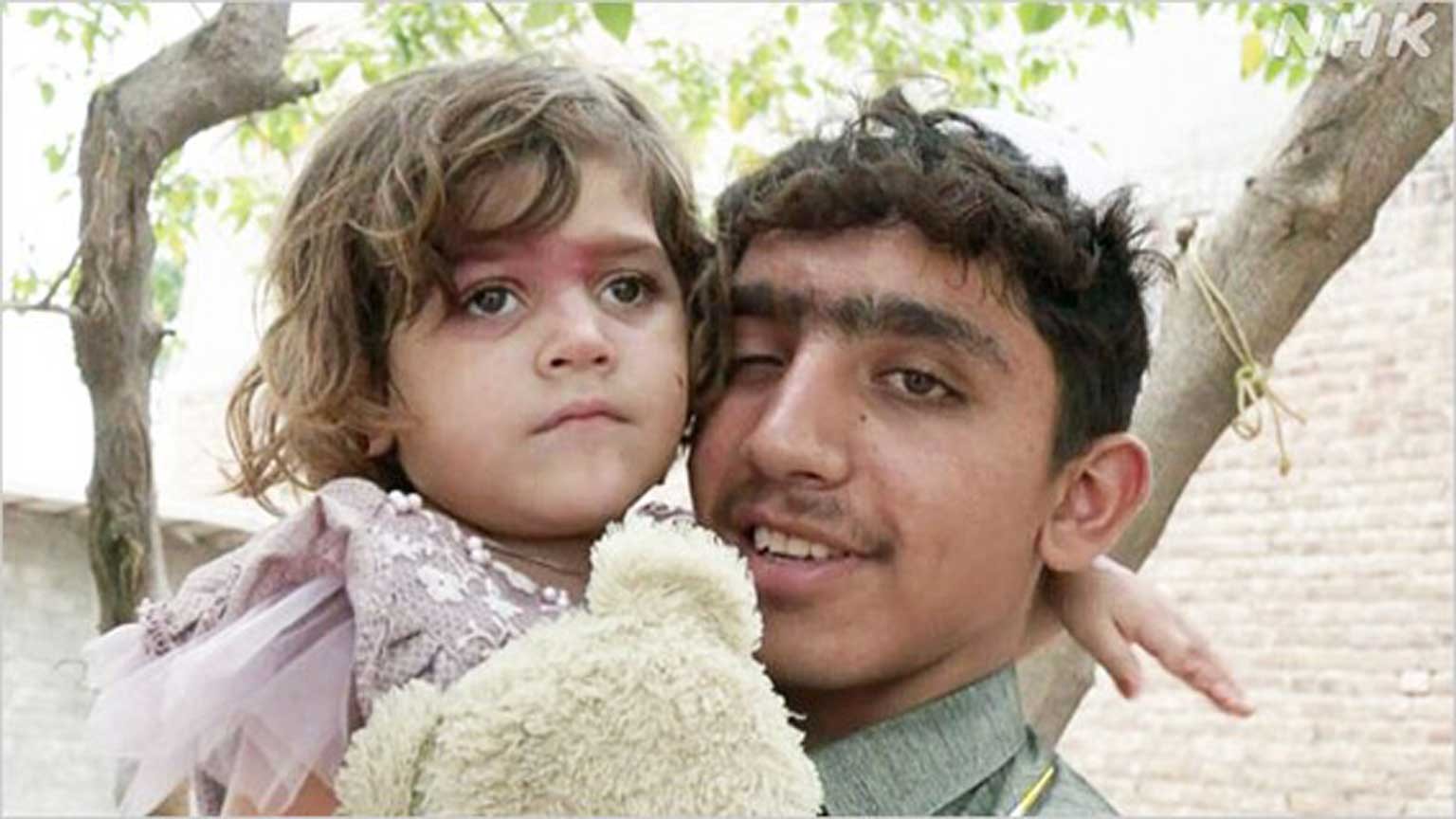A father who never came home
Muhammad Sudais, 14, lives in Pasani, a village in northwest Pakistan. His father, Irshad, was a police officer who worked at a station far away and could only come back to visit on weekends.
One day in January, Irshad went to work and never came back.

He was killed when an armed group attacked his police station.
Muhammad still can't bring himself to tell his little sister Sadaf, 2, the truth about what happened.
"The feeling that my father is no longer here always hits me at night," he says.
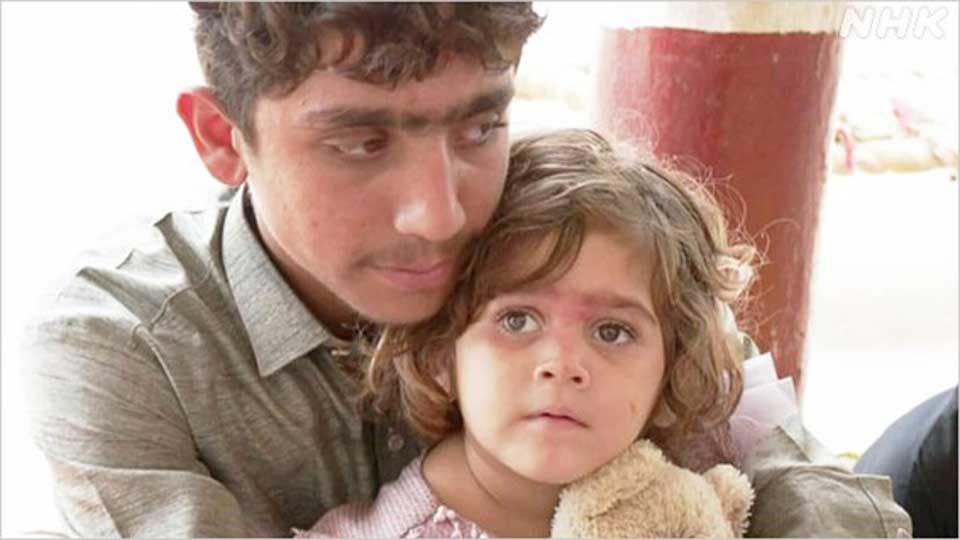
Attackers used high-tech gear
An investigation revealed that the police station was attacked by about 20 members of the Islamic extremist group Pakistan Taliban Movement (TTP), designated a terrorist organization by the US government.
The attack occurred at around midnight. There were no streetlights nearby. Despite this, witness accounts say the TTP fighters fired their weapons with extreme accuracy.
One senior investigator, who spoke on the condition of anonymity, said this suggests the fighters had advanced weapons.
"The attack could not have been carried out without a long-range sniper rifle," he said. "They also used night-vision devices, which allowed them to see through the darkness. They took aim with sophisticated weaponry that not even the police had access to."
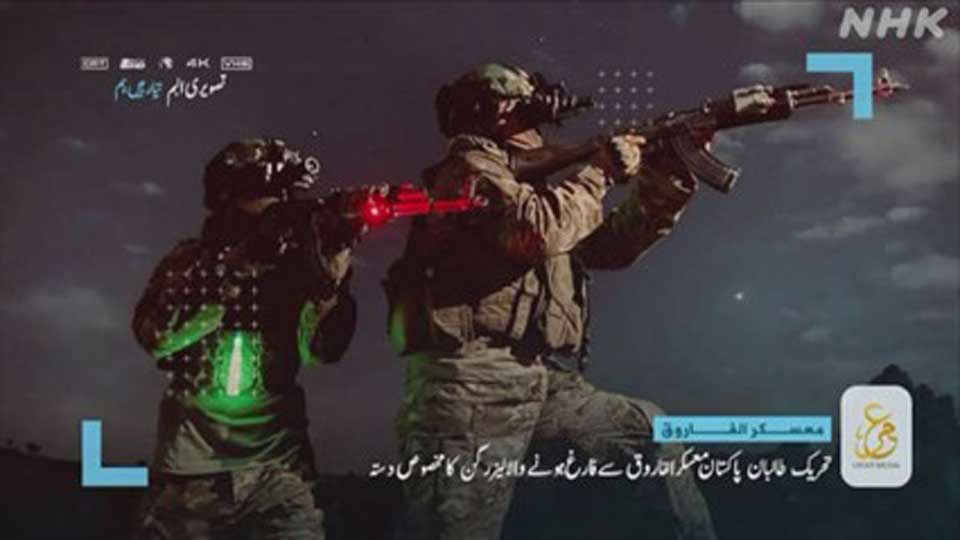
Footage released by the TTP that shows fighters training with night-vision equipment lends credence to this claim.
"The United States left behind a large number of weapons in Afghanistan," the investigator said. "Some of those weapons have ended up in the hands of the TTP."
$7.2 billion in weapons left behind
US forces entered Afghanistan in late 2001, following the September 11 terrorist attacks. They remained there for nearly 20 years, until August 2021. During this time, Washington supplemented its operations by providing Afghan security forces with a near-unlimited supply of weapons — about $18.6 billion worth, according to a government report.
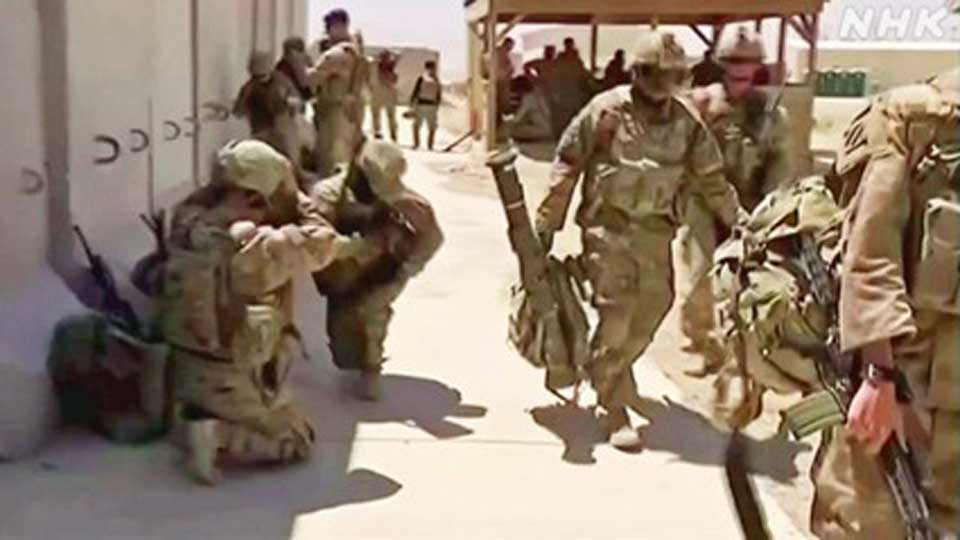
The same report found that US forces left behind about $7.2 billion worth of that total when they withdrew. This includes dozens of aircraft, air-to-surface missiles, military vehicles, and guns.
Weapons crossing border
The Taliban, the Islamist group that took power following the US withdrawal, says it has control of the arsenal and that it will not allow a single weapon to be smuggled or sold. Despite this, evidence suggests there is a steady flow of weapons into Pakistan. A thriving black market has emerged along the border and it is not uncommon to meet villagers who have bought weapons of their own.
One man, who requested anonymity, took us to his home and showed us his gun, an M4 carbine. The words "PROPERTY OF US GOVT" are inscribed above the magazine. He keeps the gun in a cupboard with his prayer mats.
He said he bought it on the black market for self-defense. He added there are brokers who sell "American leftover weapons" and that residents line up to buy them.
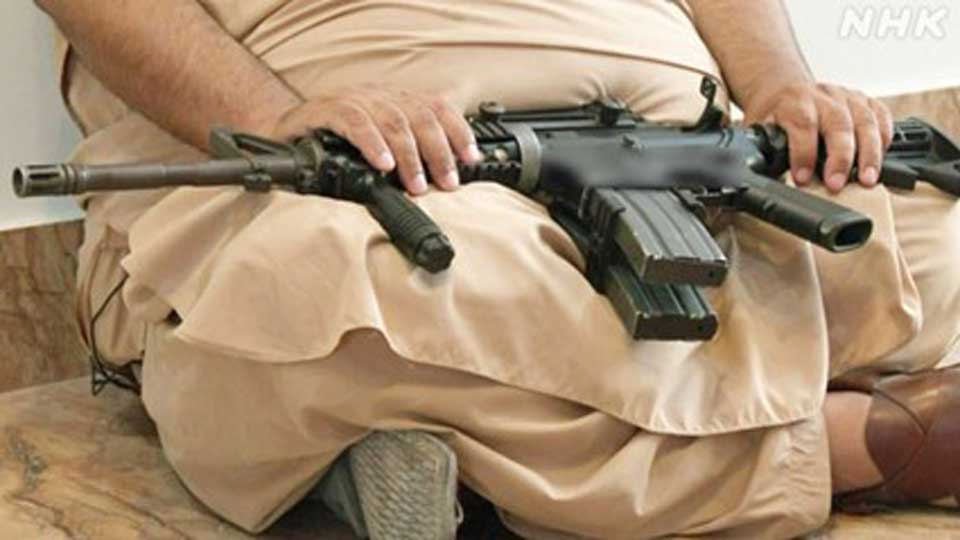
"A friend told me that good guns were available, now that America is gone," he said. "Before, there were very few, but now you can buy them on the black market. American guns are high-performance weapons."
Flow of weapons 'impossible to contain'
A man who previously worked as an arms dealer in Afghanistan told us there is no prospect of the illegal trade drying up soon — especially since the Taliban itself is involved.
He says American weapons were also being sold under the previous government. But the scale has increased since the Taliban seized power, with fighters taking guns and rockets from weapons depots.
He says this is how he got involved in the trade. Some of the weapons he sold even crossed the border into Pakistan.
"The Taliban themselves are free to trade arms," says the dealer. "Weapons are also pouring into Iran and China. No one can stop this flow." NHK could not independently verify where the weapons are going.
The trend has led to a spike in terrorist activity in Pakistan. The Pakistan Institute for Conflict and Security Studies, an independent think tank, recently found that incidents of terrorism in the country were up 79 percent in the first half of 2023 compared to the same period last year.
Growing regional violence and instability
Nathan Sales, who served as the State Department's Coordinator for Counterterrorism during the Trump administration, says the White House's insistence on a hard deadline for withdrawal is the reason so many weapons were left behind. He says if the date had been pushed back, the military could have organized a more thorough recovery of its equipment.

Now, he believes the weapons will be a problem for many years to come.
"I think these weapons are going to be a source of instability and violence not only in Afghanistan but in the region." Sales says. "The risk is much greater today than it was two years ago."
Damaging legacy of foreign occupation
The regions surrounding the Afghanistan-Pakistan border have been filled with weapons for decades. Experts point to the former Soviet Union's invasion of the country in the 1980s as the starting point. Even today, it is normal to see people carrying Soviet-era Kalashnikov guns near the border.
The US withdrawal has only worsened the problem. The weapons left behind are part of the harmful legacy of foreign occupation — a legacy that continues to haunt the people of the region.
